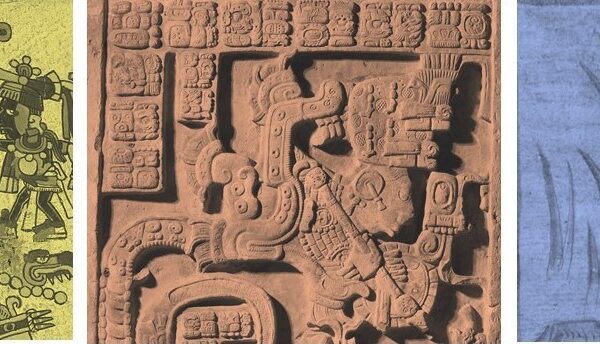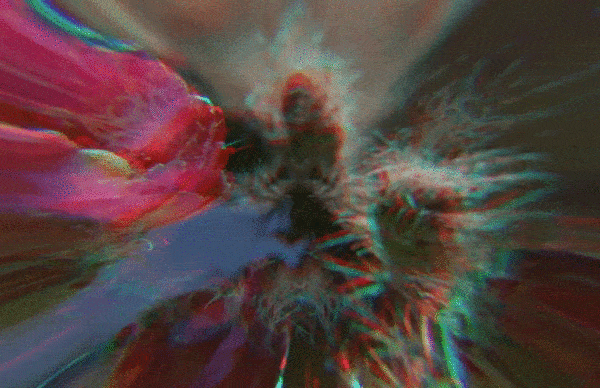Blog An immersive sounsdcape inspired on the Mixtec region – Open Studio
Jorge Martínez Valderrama is a sound artist and inaugural digital resident of the Santo Domingo Centre of Excellence for Latin American Research at the British Museum. This residency explored how artists connect with museum collections via images and videos to produce art within their own cultural landscape, in this case, Mexico.
Martínez Valderrama has been inspired both by Mesoamerican musical instruments and the Tonindeye Codex, a Mixtec pictorial manuscripts in the British Museum’s collection. His electroacoustic soundscape is defined by the unexpected harmonies between sounds from nature and those produced by contemporary Mixtec instruments that replicate those in the collections. In addition, Martínez Valderrama draws on metaphorical tropes used in these texts that are characteristic of certain languages from Mesoamerica.
‘My artistic proposal stems from the juxtaposition of different elements and materials to discover aesthetic intersections, through moments of ambiguity and mystery. I believe that art can be revealing and meaningful, but also introspective and reflective. In the audience I hope to elicit contemplative listening, attention to the elements, to space and memory, to the resonances of those aural environments that resist and exceed time.’
In June of 2021, Jorge Martínez Valderrama presented in an online open studio with collaborators Nadia Ñuu Savi and Luis Fernando García Acevedo and museum curators María Mercedes Martínez Milantchi & Laura Osorio Sunnucks. You can watch it here in Spanish with English subtitles.
STAY UPDATED >> For more about this and other projects follow us on Facebook and Instagram.


